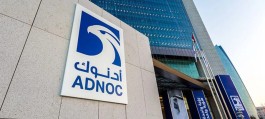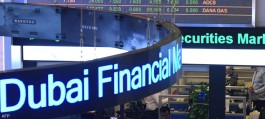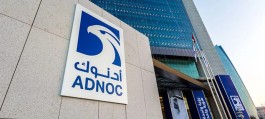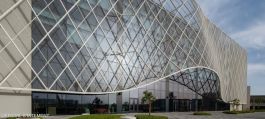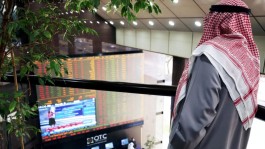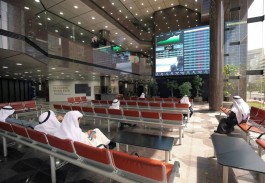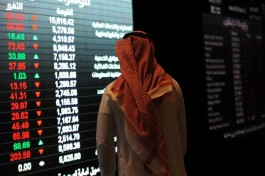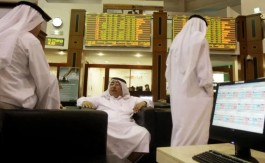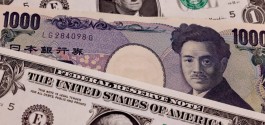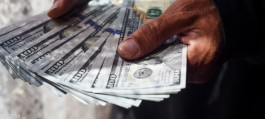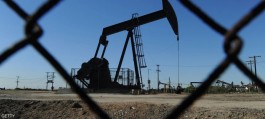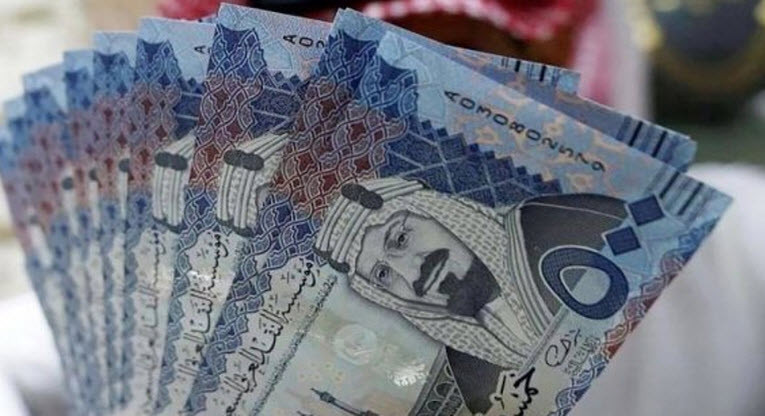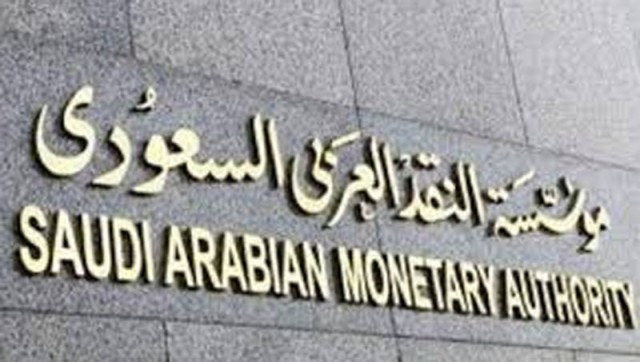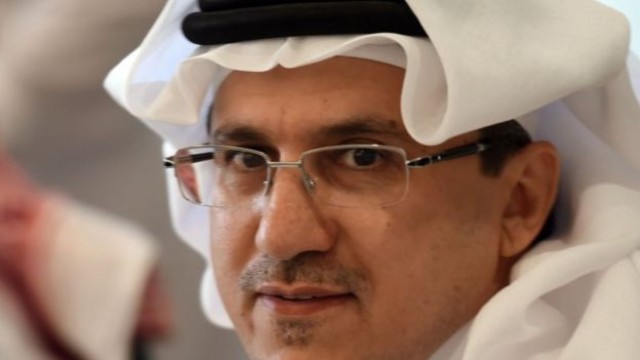Liquidity in the Saudi economy has reached its highest level ever, reaching 2.04 trillion riyals at the end of last week, August 20, compared to 2.021 trillion at the end of the week preceding the 13th of the month Same.
According to Al-Eqtisadiah newspaper, SAMA data revealed that the money supply rose 0.93% during the past week, compared to the previous week, and 2.74% since The end of last year, when it was 1.985 trillion riyals.
And since the week ending on the seventh of last May for 16 weeks, the money supply has remained above two trillion riyals, achieving a record level at the end of last week, while the previous record was 2.035 One trillion riyals, achieved by the end of the week ending on 30 July.
Increasing the money supply and lowering interest rates contribute to an expansionary monetary policy, in boosting aggregate demand, which supports GDP and employment. It is a useful policy to reduce unemployment and the expected economic downturn For most countries of the world to be prolonged with the Corona pandemic.
At the beginning of last June, the Saudi Arabian Monetary Agency, SAMA, announced the injection of 50 billion riyals to support liquidity in the banking sector to enable it to continue financing the private sector.
The institution said that this liquidity will enhance the role of banks in adjusting or restructuring their finances without any additional fees, and support plans to maintain levels of employment in the private sector, in addition to an exemption For a number of electronic banking services fees.
The money supply n3 is the sum of cash in circulation outside banks, call deposits, time and savings deposits, and other quasi-monetary deposits.
Other quasi-monetary deposits are, deposits of residents in foreign currencies, deposits against documentary credits, outstanding transfers, repo repurchase operations, carried out by banks with the private sector.
and regarding the components of the money supply n3 last week, the money supply, n1, cash in circulation outside banks + demand deposits rose by 0.79% compared to the previous week, but it was high by 9.38% Compared to the end of last year.
The money supply in 2, cash in circulation outside banks + demand deposits + time and savings deposits, increased by 0.80 percent compared to the previous week, and 3.81 percent compared to the end of the year The past.
Over the past 27 years, the money supply has been witnessing N3 growth annually, so that it has doubled about nine times within ...
